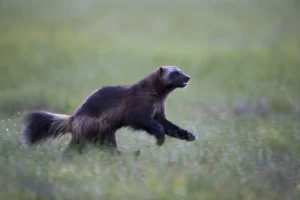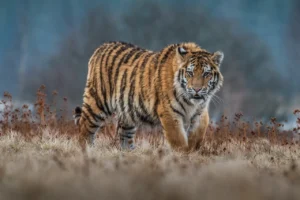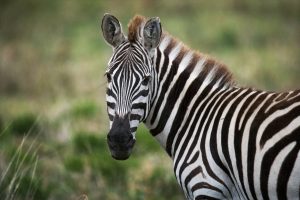
What Eats
What Eats A Wolverine?
A fierce and tenacious animal, wolverines are more commonly known as the ‘glutton’ of the animal kingdom and are found

A fierce and tenacious animal, wolverines are more commonly known as the ‘glutton’ of the animal kingdom and are found

It is the largest cat species in the world; the Siberian tiger, or Amur tiger as it is also known.

It is normal to not know what food your Golden Retriever puppy should be eating if you’ve never had one

What Do Golden Retrievers Eat? What To Feed Them Ever wondered what do golden retrievers eat to keep such a

What Eats Zebras? Zebras are big, horse-like creatures that live in Africa. Their most distinguishing feature is the black and
No account yet?
Create an Account